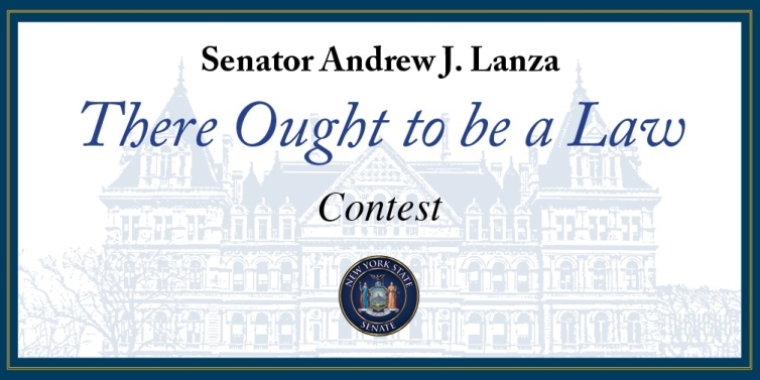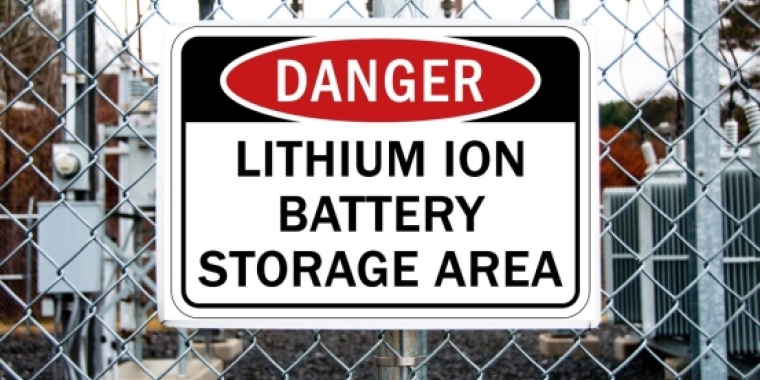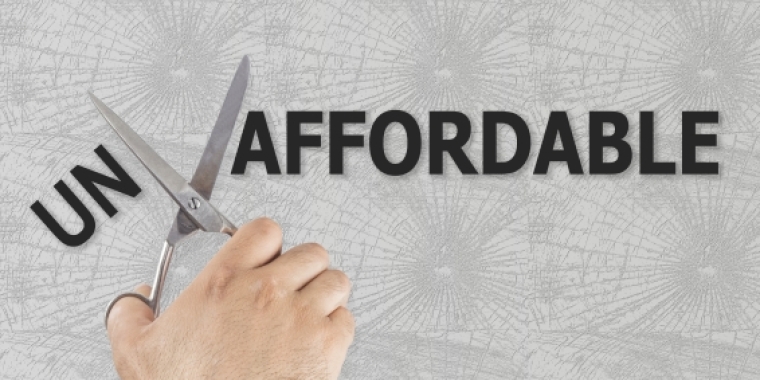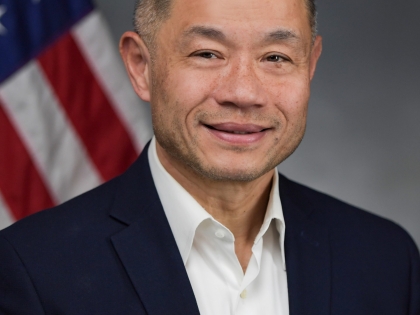
Op-Ed: The bus redesign Queens really needs
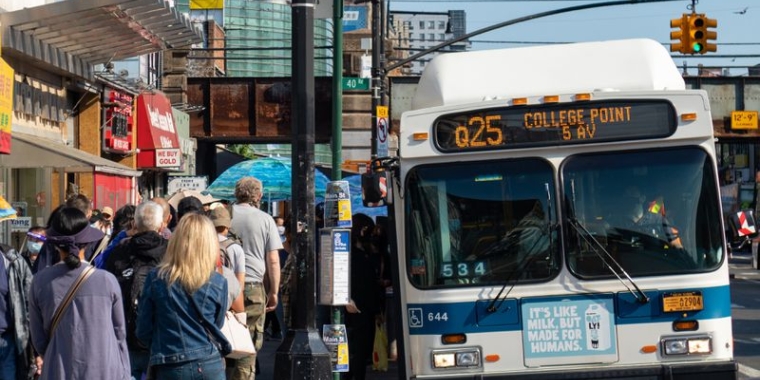
People wait to board an MTA bus in Flushing, Queens on May 17, 2021. (Shutterstock)
The MTA has a golden opportunity to remedy the long-standing ails of Queens bus riders when it releases its second attempt at a borough-wide bus redesign in the coming weeks. After community meetings elicited more than 11,000 comments from riders who would be impacted by the redesign, expectations are high, but riders won’t be appeased if this latest plan simply shuffles the chairs on the deck without setting up more chairs.
The good news is the MTA now knows that bus riders anticipate more than just a simple redesign, but also an upgrade that will add more buses to fill the gaping holes in transit deserts like northeast Queens. Any redesign without an upgrade, as the first plan proposed, simply won’t do.
Two years ago, elected officials offered several guiding principles for the MTA to implement a fair and effective bus redesign for Queens, and we are eager to see these principles implemented.
First, any redesign cannot be revenue-neutral systemwide, since real expansions of service are needed in the various transit deserts in Queens where the subways do not exist.
Second, the redesign must get more people to ride the bus, not push more commuters into their cars.
Third, with congestion pricing on the horizon, the MTA had better give Queens a lot more express bus service to offset that significant added cost to our commutes.
In particular, express connections to downtown Manhattan have long been sought by Queens commuters, and would unclog Midtown 4, 5, 6, and 1, 2, 3 subway connections while providing more direct service for Queens.
As the only public transportation option for many parts of Queens, a bus redesign is only half the solution. The other half must be an expansion of bus routes and increase to bus frequency.
One of the biggest problems with the original plan was that it consolidated tributary routes that feed into outlying areas of Queens where no other public transportation exists.
For example, the previous proposal further isolated neighborhoods like Beechhurst in Whitestone where it sought to consolidate three express lines into the QMT163 and only have it run during weekday rush hours.
In Queens Village, the first proposal looked to eliminate the Q1, which would isolate huge swaths of residential neighborhoods along Braddock Ave. from their only mode of public transportation.
The plan also eliminated the only north-and-south route from Little Neck to Queens Village when it removed the Q36, leaving yet another group of neighborhoods without any connections.
All of these examples were met with outrage from riders and show how even the smallest cutback to bus service could be severely devastating to seniors, students and professionals. These communities must be a priority in the new plan, not an afterthought.
There’s a lot on the MTA’s plate in 2022. In addition to the Queens bus redesign, it must contend with record low subway ridership and live up to its commitment not to raise fares. Meanwhile, there are major infrastructure projects that need to move forward like the Interborough Express. Gov. Hochul’s plan to connect Queens and Brooklyn via the existing freight lines present yet another great opportunity for the MTA to link these boroughs without having to first schlep into Manhattan. The MTA should plan for future bus connections to this rail line as well. While they’re at it, connect Queens and the Bronx with bus service via all three bridges.
The good news is the beleaguered agency was the recipient of a whopping $6 billion COVID-19 relief grant in what Sen. Chuck Schumer called “the largest federal grant in transit history ever.”
The timing is right, and the funding is there. Queens has struggled on the outskirts of our many transit deserts for far too long. Now the responsibility is on the MTA not to present another mirage with its new bus plan, but to pave the way out of the desert and into an oasis that meets the needs of everyone in Queens.
Liu represents parts of northeast Queens in the state Senate.
